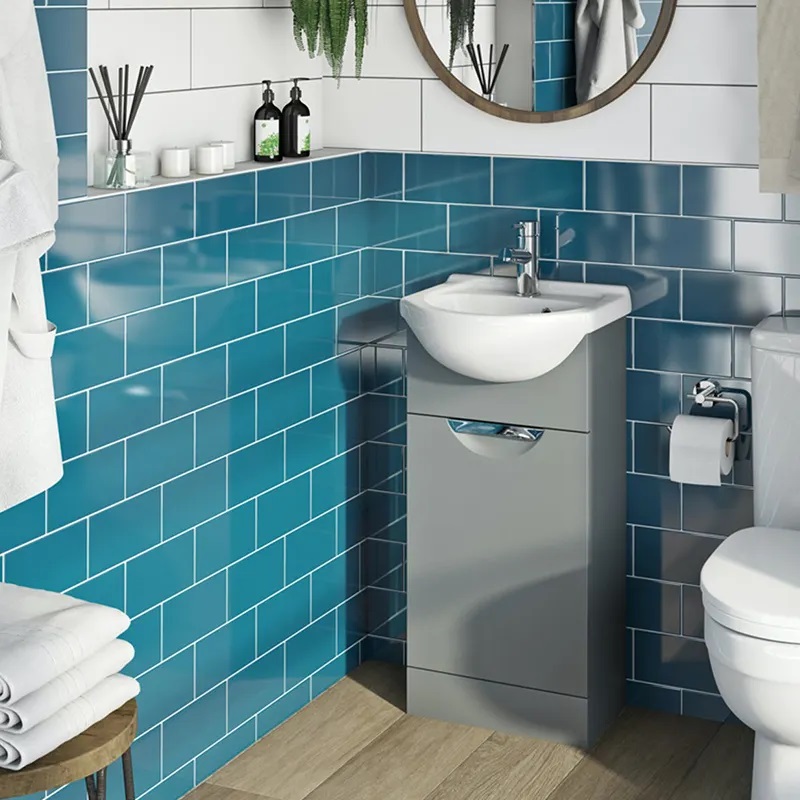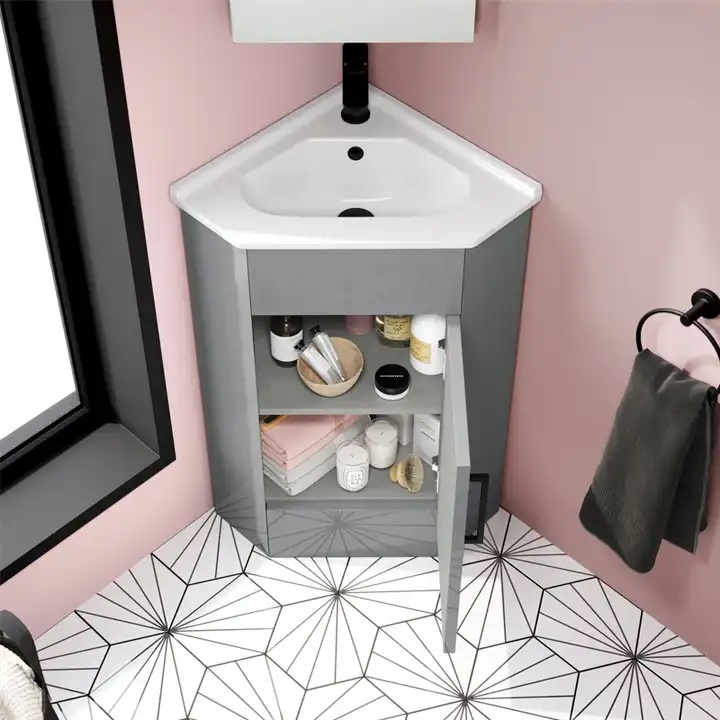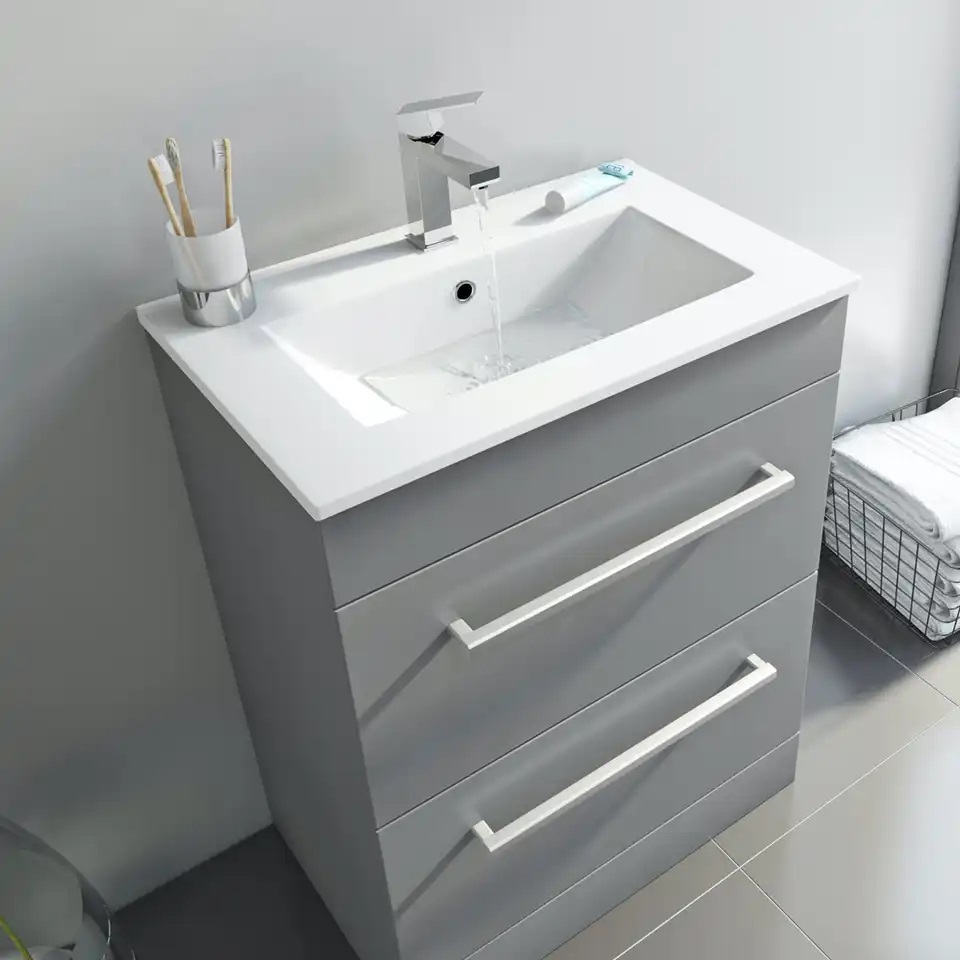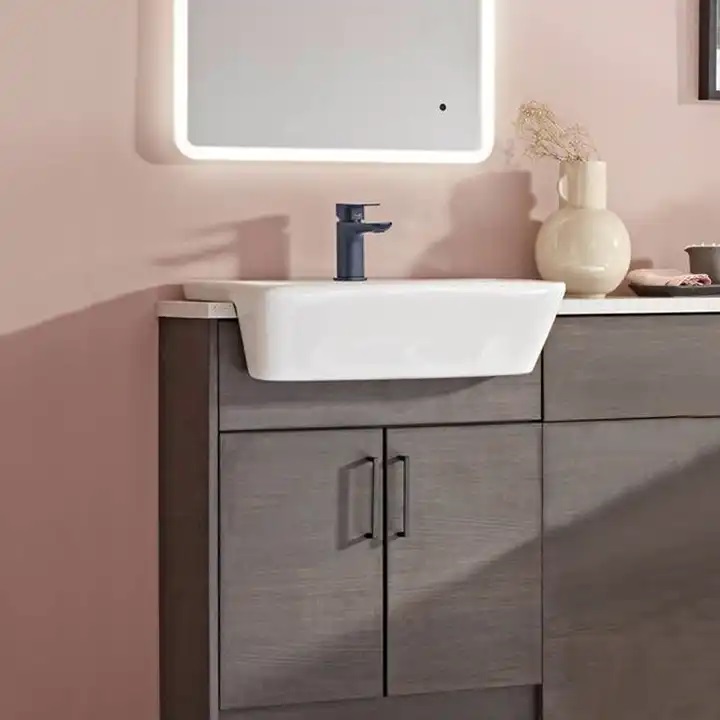LB2450
Related products
video introduction
PRODUCT PROFILE
Bathrooms form an integral part of our homes, and over the years, the design and functionality of bathroom fixtures have seen significant advancements. One such fixture that has witnessed a transformation is the vanity basin. A vanity basin, also known as a bathroom sink, is not only a functional element but also a significant design feature that enhances the overall aesthetics of a bathroom. In this article, we will explore the evolution of vanity basins in modern bathrooms, focusing on their design, materials used, and technological advancements, and how they have contributed to the overall user experience.
- Historical Perspective: To understand the evolution of vanity basins, it's essential to delve into their historical context. In ancient civilizations, basic forms of sinks were used primarily for hygienic purposes. The Egyptians, for example, made use of stone basins, while the Romans incorporated elaborate designs with water supply systems. As time progressed, advancements in material and construction techniques led to the development of more sophisticated and aesthetically pleasing vanity basins.
- Design and Aesthetics: Modern vanity basins come in a wide range of designs and shapes, offering homeowners the opportunity to personalize their bathroom spaces. Traditional pedestal sinks, wall-mounted sinks, vessel sinks, and countertop sinks are just a few examples of the various options available on the market today. Additionally, manufacturers have introduced innovative designs such as asymmetric bowls, geometric shapes, and minimalistic styles, catering to different aesthetic preferences.
- Materials and Durability: The materials used in the construction of vanity basins have also evolved significantly over the years. While porcelain and ceramic were once the predominant materials, modern sinks are now available in a diverse range of options. Glass, stainless steel, natural stone (like marble and granite), composite materials, and even unconventional materials like concrete and wood have gained popularity. These materials not only offer durability but also allow for unique and eye-catching designs.
- Technological Advancements: Advancements in technology have revolutionized the functionalities of vanity basins. One notable feature is the integration of touchless faucets, which enhances hygiene and water conservation. LED lighting systems have been incorporated into some sinks, creating a captivating visual effect. Additionally, temperature control, water purification systems, and even built-in audio systems are some of the technologically advanced options available in modern vanity basins.
- Accessibility and Ergonomics: As the concept of universal design gains prominence, vanity basins have undergone adaptations to enhance accessibility and ensure user comfort for people with disabilities or mobility issues. Features like adjustable heights, easy-reach controls, and wider basins with space underneath for wheelchair access are becoming increasingly common, ensuring that everyone can enjoy a functional and aesthetically pleasing bathroom experience.
- Environmental Considerations: With the growing concern for sustainability, eco-friendly materials and water-saving features have been integrated into modern vanity basins. Water-efficient faucets, dual-flush mechanisms, and recycled materials are some examples of the eco-conscious choices available to consumers today. This shift towards sustainability reflects the industry's commitment to reducing the environmental impact of bathroom fixtures.
Conclusion: The evolution of vanity basins in modern bathrooms has been significant, encompassing design, materials, technology, accessibility, and sustainability. From basic hygiene fixtures to statement pieces, vanity basins have transformed into essential elements that combine functionality with aesthetic appeal. As homeowners continue to seek unique and personalized bathroom spaces, manufacturers will undoubtedly continue to innovate, pushing the boundaries of design and technology for vanity basins in the future.
Product display




| Model Number | LB2450 |
| Material | Ceramic |
| Type | Ceramic wash basin |
| Faucet Hole | One Hole |
| Usage | Washing Hands |
| Package | package can be designed according to customer requirement |
| Delivery port | TIANJIN PORT |
| Payment | TT, 30% deposit in advance,balance against B/L copy |
| Delivery time | Within 45-60 days after received the deposit |
| Accessories | No Faucet & No Drainer |
product feature

THE BEST QUALITY

Smooth glazing
Dirt does not deposit
It is applicable to a variety of
scenarios and enjoys pure w-
ater of health standard, whi-
ch is hygienic and convenient
deepened design
Independent waterside
Super large inner basin space,
20% longer than other basins,
comfortable for super large
water storage capacity

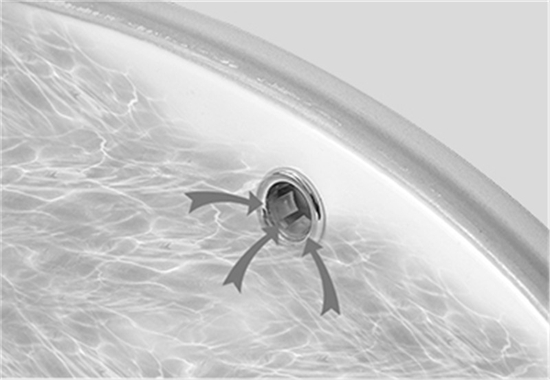
Anti overflow design
Prevent water from overflowing
The excess water flows away
through the overflow hole
and the overflow port pipeli-
ne of the main sewer pipe
Ceramic basin drain
installation without tools
Simple and practical not easy
to damage,preferred for f-
amily use,For multiple instal-
lation environments

PRODUCT PROFILE

wash basin cabinets bathroom
The wash basin, an essential fixture in any bathroom, serves both functional and aesthetic purposes. It provides a convenient space for handwashing, teeth brushing, and personal grooming activities. To enhance the functionality and visual appeal of the wash basin, many homeowners opt to install wash basin cabinets. These cabinets not only offer storage solutions for bathroom essentials but also add an element of style to the space. This article explores the various aspects of wash basin cabinets in bathrooms, including their design, material options, benefits, and tips for choosing the right one.
- Design of Wash Basin Cabinets : Wash basin cabinets come in a wide range of designs to suit different bathroom styles and preferences. Whether you prefer a contemporary, traditional, or minimalistic look, there is a design to complement your space. Some popular design options include:
a) Wall-mounted cabinets: These cabinets are attached to the wall, creating a sleek and streamlined look. They are ideal for small bathrooms where floor space is limited.
b) Freestanding cabinets: These cabinets stand on their own and provide a sense of elegance and grandeur. They offer ample storage space and are available in various sizes and styles.
c) Corner cabinets: Perfect for maximizing space in compact bathrooms, corner cabinets fit snugly into corners. They make efficient use of often-underutilized areas while adding a touch of functionality.
d) Vanity cabinets: Vanity cabinets combine a wash basin with storage space. They are popular in larger bathrooms and provide ample room for storing toiletries, linens, and other essentials.
e) Open shelving: For a trendy and modern look, open shelving is gaining popularity in bathrooms. These shelves offer a contemporary feel while providing easy access to display decorative items or frequently used products.
- Material Options for Wash Basin Cabinets : Wash basin cabinets are available in a variety of materials, each with its unique characteristics and aesthetic appeal. Some common materials used in their construction are:
a) Wood: Wooden cabinets are timeless and versatile. They can be crafted from different types of wood, such as oak, teak, or walnut, offering warmth and natural beauty to the bathroom. Wood cabinets can be stained or painted to match the desired decor style.
b) MDF (Medium-Density Fiberboard): MDF cabinets are made from compressed wood fibers bonded with resin. They are durable, resistant to moisture, and can be finished with veneers or laminates in various colors and textures.
c) PVC (Polyvinyl Chloride): PVC cabinets are known for their water-resistant properties, making them an excellent choice for bathrooms. They come in a range of colors and finishes, including wood grain textures, glossy surfaces, or matte finishes.
d) Acrylic: Acrylic cabinets offer a sleek and glossy appearance. They are highly resistant to moisture, easy to clean, and available in an array of vibrant colors. Acrylic cabinets can add a pop of color and modernity to the bathroom.
e) Stainless Steel: Stainless steel cabinets provide a contemporary and industrial look. They are highly durable, hygienic, and resistant to corrosion, making them suitable for high-moisture environments like bathrooms.
- Benefits of Wash Basin Cabinets : Installing wash basin cabinets in bathrooms offers several advantages:
a) Storage: One of the primary benefits of wash basin cabinets is the additional storage space they provide. Clutter-free countertops enhance the aesthetics of the bathroom and make it easier to keep daily essentials organized and within reach.
b) Organization: With designated storage compartments, wash basin cabinets help in organizing bathroom items such as towels, toiletries, cleaning supplies, and personal care products. This promotes a tidy and well-maintained space.
c) Concealing Pipework: Wash basin cabinets effectively hide unsightly pipework, providing a cleaner and more polished appearance to the bathroom. This is particularly useful in bathrooms with exposed plumbing.
d) Customization: Wash basin cabinets can be customized to meet specific requirements. From adjustable shelves to built-in lighting, there are various customization options available to enhance functionality and convenience.
e) Style and Aesthetics: Wash basin cabinets contribute to the overall visual appeal of the bathroom. They are available in a multitude of designs, finishes, and colors, allowing homeowners to personalize their space and create a cohesive design theme.
- Tips for Choosing the Right Wash Basin Cabinet : Selecting the right wash basin cabinet requires careful consideration. Here are some tips to guide you:
a) Assess your space: Measure the available space in your bathroom to determine the size and configuration of the cabinet that will fit best.
b) Consider storage needs: Evaluate your storage requirements and choose a cabinet with adequate shelves, drawers, or compartments to accommodate your essentials.
c) Match the style: Ensure that the design and finish of the wash basin cabinet complement the overall style of your bathroom. Consider factors such as color palette, textures, and existing fixtures.
d) Durability and maintenance: Select a material that is durable, moisture-resistant, and easy to maintain based on your budget and preferences.
e) Seek professional advice: Consult with a bathroom designer or contractor for expert guidance on choosing the right wash basin cabinet that meets your needs and integrates seamlessly with your bathroom design.
Conclusion : Wash basin cabinets are not only practical storage solutions for bathroom essentials but also significant contributors to the overall aesthetics of the space. Their wide variety of designs, materials, and customization options make them versatile and suitable for different bathroom styles. By carefully selecting and installing the right wash basin cabinet, homeowners can create a functional, organized, and visually appealing bathroom that reflects their personal taste and meets their storage needs.
OUR BUSINESS
The mainly export countries
The product export to all of the world
Europe, USA, Middle-East
Korea, Africa, Australia

product process

FAQ
Q:Can I visit you?





